Don’t ask why it’s taken so long. But starting now on this Weblog’s sidebar, you can track breaking news about the American Academy in Rome and the members of its Society of Fellows via a Google News feed. (Look to the right and scroll down a bit.)
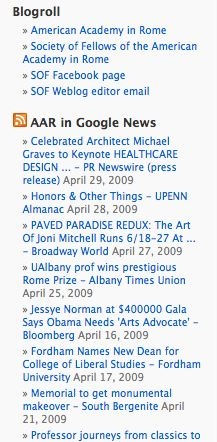
Of course, there will always be more than a few AAR items that escape Google’s automated news aggregator.
For late April, take for instance the waterborne explorations of the Tiber by current Fellow Marie Lorenz; a new book on the cultural history of obelisks co-written by four authors, three of them SOF members (Brian Curran FAAR’94, who has just been appointed Editor of the Memoirs of the American Academy in Rome, Anthony Grafton RAAR’04, and Pamela O. Long FAAR’04); and a celebration of Atlanta architect Henri V. Jova FAAR’51.
Oh, and two that Google did pick up: 100th birthday celebrations for AAR 2003 Polsky Lecturer Prof. Rita Levi-Montalcini; and a new appreciation of architect and painter Edgar Irving Williams FAAR’12, the younger brother of American poet William Carlos Williams.
MARIE LORENZ, JOSEPH H. HAZEN ROME PRIZE WINNER IN VISUAL ARTS FOR 2008/9
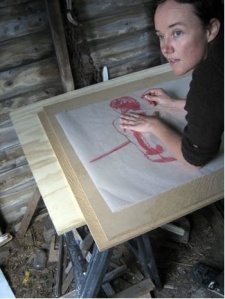
States current Fellow Marie Lorenz, “[m]y artwork combines psycho-geographic exploration with highly crafted, material forms. I use boats and navigation in my artwork to create an uncertain space. My belief is that uncertainty brings about a heightened awareness of place. When we feel unstable we see more.”
“I am currently working in Rome on a sailboat that I will use to sail the coast of Italy this Spring. I think of the boat as a kind of drawing tool. It is carved with relief images, like building blocks that I can use to make rubbings of the landscape. It has drawers full of drawing utensils and foldout easels. The deck of the boat is a drawing desk…[T]his boat in its own form will allow me to keep a careful record of my exploration as it unfolds.”
Not all has been smooth sailing for Lorenz’s project, “The Inner Sea”. On her first day out, 4 March, the boat capsized in high winds at Lido di Ostia. Lorenz swam to shore in punishing waves, somehow managing to film the whole cold, wet experience. (See clip above.) And the boat? “It was basically in one piece”, she observed in her artist’s log, “but large sections were smashed in, as though it had been chewed. What will I do with such a wreck?”
 The answer is try again, this time under oar power. For an absolutely riveting exploration of (especially) the Tiber, see Lorenz’s log entries here (19 April) and here (22 April).
The answer is try again, this time under oar power. For an absolutely riveting exploration of (especially) the Tiber, see Lorenz’s log entries here (19 April) and here (22 April).
Lorenz and AAR Fellow Traveller Margaret Zamos-Monteith both posted logs about going down the Tiber in the boat last Friday, 24 April. You can experience them here and here. And still much more exploration to come…
BRIAN CURRAN FAAR’94, AAR TRUSTEE ANTHONY GRAFTON RAAR’04, PAMELA O. LONG FAAR’04
 The Vatican Obelisk in 1962. Credit: Paul Schutzer/LIFE
The Vatican Obelisk in 1962. Credit: Paul Schutzer/LIFE
SOF Council Vice-President Brian Curran FAAR’94 (associate professor in Penn State’s Department of Art History, and newly appointed Editor of Memoirs of the American Acadedmy in Rome), AAR Trustee Anthony Grafton RAAR’04 (Henry Putnam University Professor of History at Princeton University), and independent historian Pamela O. Long’04 have teamed with Benjamin Weiss (Museum of Fine Arts, Boston) to write a monumental treatment of the history of obelisks.
The MIT Press describes Obelisk: A History as “a story of technical achievement, imperial conquest, Christian piety and triumphalism, egotism, scholarly brilliance, political hubris, bigoted nationalism, democratic self-assurance, Modernist austerity, and Hollywood kitsch—in short, the story of Western civilization.”
The New York Times ran a piece on Obelisk on 24 April (p. C 32), entitled “Monolith to the Heavens”.
There writer Wendy Moonan described how the book “traces the meaning of the obelisk over 40 centuries, beginning in ancient Egypt. Most of Egypt’s giant ancient obelisks that left home ended up in Europe—London, Paris and Rome—as symbols of military might for the French, Christian piety for the Vatican and conquest for ancient Romans.”
“Why are obelisks so appealing?” asks Moonan. “’There is nothing like an obelisk,’ said Ms. Long, one of the book’s authors. ‘There is something about the shape that is striking: it is immensely heavy and yet looks incredibly delicate. It’s solid but fragile.’”

Worth the price of the book: an appendix entitled “The Wandering Obelisks: A Cheat Sheet.” Here the authors track the highways and by-ways that some famous obelisks took from Egypt to their current locations.
RITA LEVI-MONTALCINI, AAR HONORABLE LEON B. POLSKY DISTINGUISHED VISITOR IN SCIENCE 2003
 Credit: AP Photo/Riccardo De Luca
Credit: AP Photo/Riccardo De Luca
The Italian neurologist and Senator-for-Life Rita Levi-Montalcini, who is the oldest living Nobel laureate, celebrated her one hundredth birthday in Rome on April 22. The Italian scientist received the Nobel Prize for Medicine with Stanley Cohen of the United States, in 1986, for discoveries of mechanisms that regulate the growth of cells and organs.
In May 2003 Prof. Levi-Montalcini delivered the Honorable Leon B. Polsky Lecture at the Academy’s Villa Aurelia. The Polsky Lectures were established in 2002 for bringing outstanding scientists to the Academy’s community of artists and scholars in the humanities. On that occasion Levi-Montalcini addressed the themes of a recent book, Tempo di mutamenti. She is Professor Emerita of the Italian National Council of Research and the Washington University, St. Louis.
HENRI V. JOVA FAAR’51
A new, richly illustrated book by David Roland Rinehart highlights the career of Atlanta architect Henri Jova FAAR’51. It’s titled Henri Jova—A Classical Intermezzo: An Architect’s Life. The Atlanta History Center has published the work, with distribution by the University of Georgia Press. Jova, who is now in his 90th year, retired from architecture in 2004 and now lives in West Palm Beach FL.
A Classical Intermezzo documents Jova’s origins, training, and then rise to a role as a leading architect in the Southeast. Born to a prominent family of Spanish/French origins, Henri Jova was educated at Cornell, served in the South Pacific in World War II, and spent three years at the American Academy in Rome, first on a Rome Prize scholarship and then a Fulbright Fellowship.
In 1954, Jova moved from New York to Atlanta, where he would spend the rest of his career. Jova and his architectural firm, Jova/Daniels/Busby (= JDB, which he co-founded in 1966), were instrumental in building the urban character of the South’s major metropolis, creating significant Atlanta landmarks such as Colony Square (the first multi-use complex to be built in the South), the original Underground Atlanta, Atlanta City Hall Addition, the Atlanta Newspaper Building, the Carter Presidential Center, the Round Bank on Monroe Drive, and more.
The book includes personal stories and more than 170 photographs offering insight into Jova’s life. It details how Jova’s influences at the American Academy included prominent architects George Howe (RAAR’47, ’50) and Louis Kahn (RAAR’51), who shaped his vision as a young architect. Plus the book reproduces a number of Jova’s paintings, which “scream Italy”, as one critic remarked.
This weekend, articles appeared in the Atlanta Journal-Constitution and Palm Beach Post in tribute to Jova and his work.
EDGAR WILLIAMS FAAR’12
 Edgar Irving Williams (1884-1974), the younger brother of poet William Carlos Williams (1883-1963), held the Rome Prize in Architecture in 1912 and served as an AAR Trustee for almost two decades (1919-1937). For a good stretch of his own lifetime he was widely considered more famous than his brother. One of his most important architectural works is the (endangered) Donnell Library Center of the New York Public Library.
Edgar Irving Williams (1884-1974), the younger brother of poet William Carlos Williams (1883-1963), held the Rome Prize in Architecture in 1912 and served as an AAR Trustee for almost two decades (1919-1937). For a good stretch of his own lifetime he was widely considered more famous than his brother. One of his most important architectural works is the (endangered) Donnell Library Center of the New York Public Library.
In 1920 Williams designed and donated a World War I monument to Rutherford NJ, which had lost 19 soldiers in the conflict. Originally called “The Soldiers’ and Sailors’ Monument,” it’s a 30-foot-tall Tuscan column on top of a cylindrical pedestal with an octagonal base, all made of cast granite. The monument, which stands at the center of Rutherford, is receiving a thorough makeover by NYC-based preservation firm Wank Adams Slavin Associates, to coincide with the 125th anniversary this year of Edgar William’s birth.
 Edgar Williams’ Rutherford (NJ) WWI Monument in 1945. Credit: South Bergenite.
Edgar Williams’ Rutherford (NJ) WWI Monument in 1945. Credit: South Bergenite.
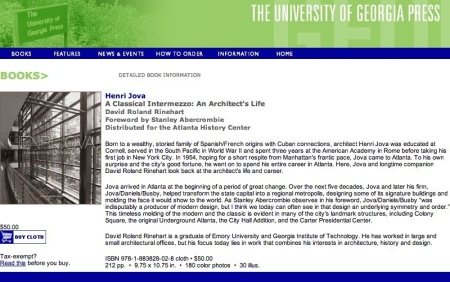





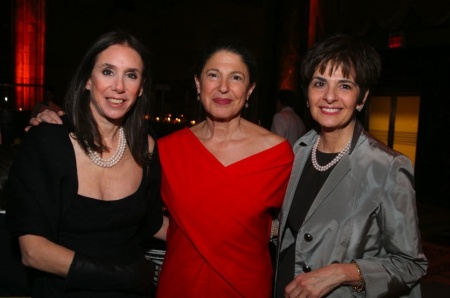

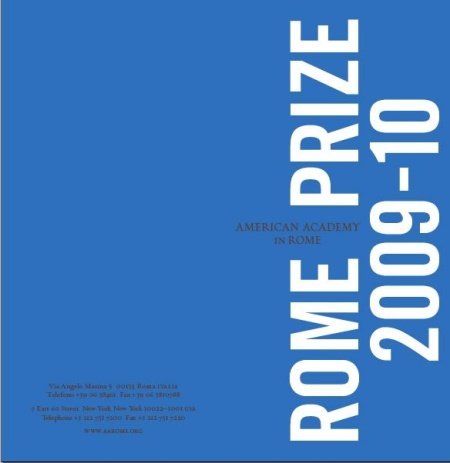

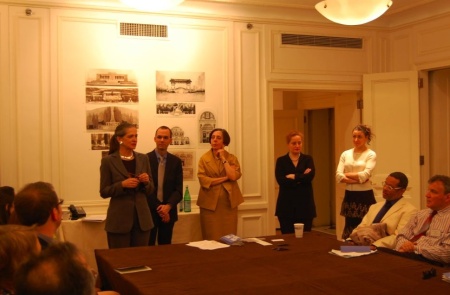
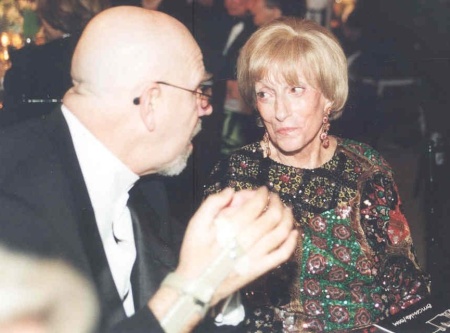

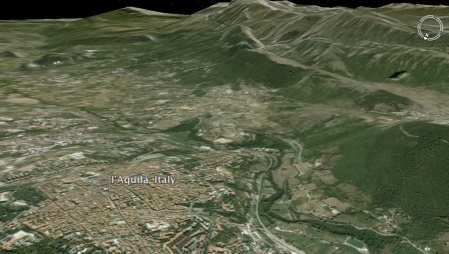

You must be logged in to post a comment.